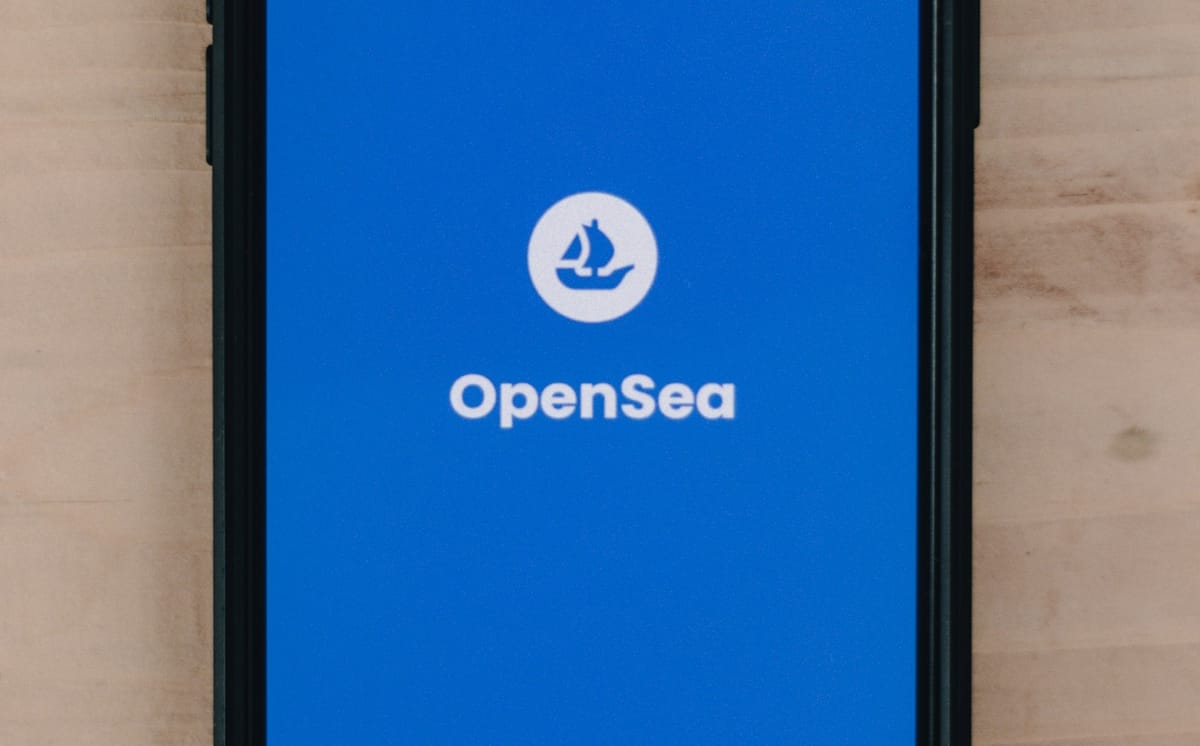NFTs in 2025: Trends, Security, and Future Outlook
Explore NFTs in 2025: trends like fractional ownership, security risks including phishing, and predictions for mainstream adoption

Non-Fungible Tokens (NFTs) have reshaped the digital economy, offering a unique way to own, trade, and monetize digital assets. From art and collectibles to virtual real estate and beyond, NFTs have captured the imagination of creators, investors, and technologists alike. As we enter 2025, the NFT ecosystem is more vibrant than ever, with a market cap exceeding $50 billion and daily trading volumes averaging $100 million. However, this growth has not been without its challenges. Security issues, particularly phishing attacks like the infamous $1.7 million OpenSea theft in 2022, continue to plague the space, raising concerns about the safety and sustainability of NFTs.
This article provides an in-depth analysis of the current state of NFTs in 2025, exploring the latest trends, dissecting the security risks, and offering predictions for the future. Whether you’re an artist, collector, or investor, understanding these dynamics is crucial for navigating the NFT landscape.
The NFT Boom: Where We Stand in 2025
NFTs have come a long way since their initial surge in 2021. By 2025, they’ve permeated multiple industries, from gaming and fashion to real estate and intellectual property. The total value of NFT sales in 2024 alone surpassed $30 billion, with platforms like OpenSea, Rarible, and SuperRare leading the charge. However, the market has matured, shifting from speculative frenzy to more sustainable use cases.
Key Trends Shaping NFTs in 2025
1. Fractionalized NFTs and Democratized Ownership
One of the most significant trends in 2025 is the rise of fractionalized NFTs, which allow multiple users to own a portion of a high-value asset. This has democratized access to exclusive NFTs, enabling smaller investors to participate in markets previously reserved for the ultra-wealthy.
- How It Works: Platforms like Fractional.art and Otis enable users to buy and trade fractions of NFTs, similar to stock shares. For example, a rare digital artwork worth $1 million can be split into 1,000 fractions, each valued at $1,000.
- Impact: This trend has broadened the investor base and increased liquidity, making NFTs more accessible. In 2024, fractionalized NFTs accounted for 15% of total NFT sales, a figure projected to grow in 2025.
2. NFTs in Gaming and the Metaverse
The integration of NFTs into gaming and virtual worlds has accelerated, with major titles like Axie Infinity, Decentraland, and The Sandbox leading the charge. In 2025, NFTs are not just collectibles but integral to gameplay, enabling players to own in-game assets, land, and even governance rights.
- How It Works: Players can buy, sell, and trade NFTs representing characters, weapons, or virtual real estate. These assets can be used across multiple games or platforms, enhancing their value.
- Impact: The gaming NFT market is expected to reach $20 billion by the end of 2025, driven by the rise of play-to-earn models and metaverse expansion.
3. Dynamic and Programmable NFTs
Static JPEGs are giving way to dynamic NFTs, which can change based on external data or user interactions. These programmable tokens are revolutionizing how NFTs are used in art, music, and even finance.
- How It Works: Dynamic NFTs use oracles or smart contracts to update their metadata. For instance, an NFT artwork might change its appearance based on the weather or market conditions.
- Impact: This innovation opens new creative possibilities and use cases, such as NFTs that evolve over time or react to real-world events. In 2025, dynamic NFTs are projected to make up 10% of the market.
4. Sustainability and Eco-Friendly NFTs
Environmental concerns have pushed the NFT space toward greener solutions. With the shift from energy-intensive proof-of-work (PoW) to proof-of-stake (PoS) blockchains, NFTs are becoming more sustainable.
- How It Works: Platforms like Tezos and Flow offer low-energy alternatives to Ethereum, while Ethereum’s transition to PoS in 2023 reduced its carbon footprint by 99.95%.
- Impact: Eco-friendly NFTs are gaining traction, with 30% of new projects in 2025 opting for sustainable blockchains. This trend is crucial for attracting environmentally conscious creators and buyers.
Security Challenges: The Dark Side of NFTs
Despite their potential, NFTs remain a prime target for cybercriminals. The decentralized and pseudonymous nature of blockchain makes it difficult to recover stolen assets, and the rapid growth of the market has outpaced security measures. Below, we explore the most pressing security issues facing NFTs in 2025.
1. Phishing Attacks: A Persistent Threat
Phishing remains the most common and damaging attack vector in the NFT space. In 2022, the $1.7 million OpenSea phishing attack shocked the community, where hackers tricked users into signing malicious transactions, draining their wallets. Fast forward to 2025, and phishing tactics have only grown more sophisticated.
- How It Works: Attackers create fake websites, social media profiles, or emails that mimic legitimate platforms like OpenSea or MetaMask. Unsuspecting users are lured into connecting their wallets or entering seed phrases, giving hackers access to their funds.
- Impact: In 2024, phishing attacks accounted for $500 million in NFT-related losses, with high-profile cases involving stolen Bored Ape Yacht Club and CryptoPunk tokens.
2. Smart Contract Vulnerabilities
NFTs are governed by smart contracts, which, if poorly coded, can be exploited. Bugs in minting, transferring, or royalty mechanisms can lead to significant losses.
- Case Study: In 2023, a flaw in an NFT marketplace’s smart contract allowed an attacker to mint unlimited tokens, diluting the value of a popular collection and causing $10 million in damages.
- Solution: Rigorous audits by firms like CertiK and Quantstamp are essential, but even audited contracts can have hidden flaws. The rise of formal verification tools in 2025 aims to mathematically prove contract security.
3. Metadata and Storage Risks
NFTs rely on external storage solutions like IPFS or centralized servers to host their metadata and media files. If these systems fail or are compromised, the NFT’s value can plummet.
- Case Study: In 2024, a decentralized storage network outage rendered thousands of NFTs temporarily inaccessible, sparking panic sales and a 20% drop in market prices.
- Solution: Redundant storage and decentralized hosting solutions are being adopted, but ensuring long-term data integrity remains a challenge.
4. Rug Pulls and Fraudulent Projects
Rug pulls—where creators abandon a project after raising funds—continue to plague the NFT space, especially in newer, hyped collections.
- Case Study: A 2024 NFT project promising exclusive metaverse access raised $5 million before the team disappeared, leaving investors with worthless tokens.
- Solution: Due diligence, community vetting, and platforms like Nansen that track wallet activity can help identify red flags, but fraud remains difficult to eradicate.
The Future of NFTs: Predictions for 2025 and Beyond
As we look ahead, several trends and innovations are poised to shape the NFT ecosystem in profound ways.
1. Mainstream Adoption and Institutional Involvement
NFTs are moving beyond niche communities into mainstream culture. Major brands like Nike, Adidas, and Disney have launched NFT collections, while financial institutions are exploring tokenized assets.
- Prediction: By 2026, NFTs will be integrated into everyday consumer experiences, from loyalty programs to digital identity verification. The market cap could exceed $100 billion as adoption broadens.
2. Enhanced Security Protocols
The security landscape is evolving, with new tools and practices emerging to protect users.
- Prediction: Hardware wallets with built-in NFT support, multi-signature authentication, and AI-driven fraud detection will become standard by 2026. Platforms may also adopt decentralized insurance to cover losses from hacks.
3. Interoperability and Cross-Chain NFTs
As blockchain interoperability improves, NFTs will become more versatile, transferable across multiple networks.
- Prediction: Cross-chain marketplaces will emerge, allowing users to trade NFTs from Ethereum, Solana, and other blockchains seamlessly. This could unlock new liquidity and use cases.
4. NFTs as Utility Tokens
Beyond art and collectibles, NFTs will increasingly serve practical purposes, such as access passes, memberships, and proof of ownership for physical assets.
- Prediction: By 2027, utility-driven NFTs will dominate the market, with applications in real estate, intellectual property, and even governance.
Conclusion: Navigating the NFT Frontier
NFTs in 2025 are at a crossroads—poised for mainstream breakthroughs yet shadowed by security risks. The trends of fractional ownership, gaming integration, and dynamic tokens signal a maturing market, while phishing attacks and smart contract flaws remind us of the work still needed. As the ecosystem evolves, creators, platforms, and users must prioritize security, embrace innovation, and foster a culture of vigilance. The future of NFTs is bright, but only if we learn from the past and build a safer, more resilient digital economy.






